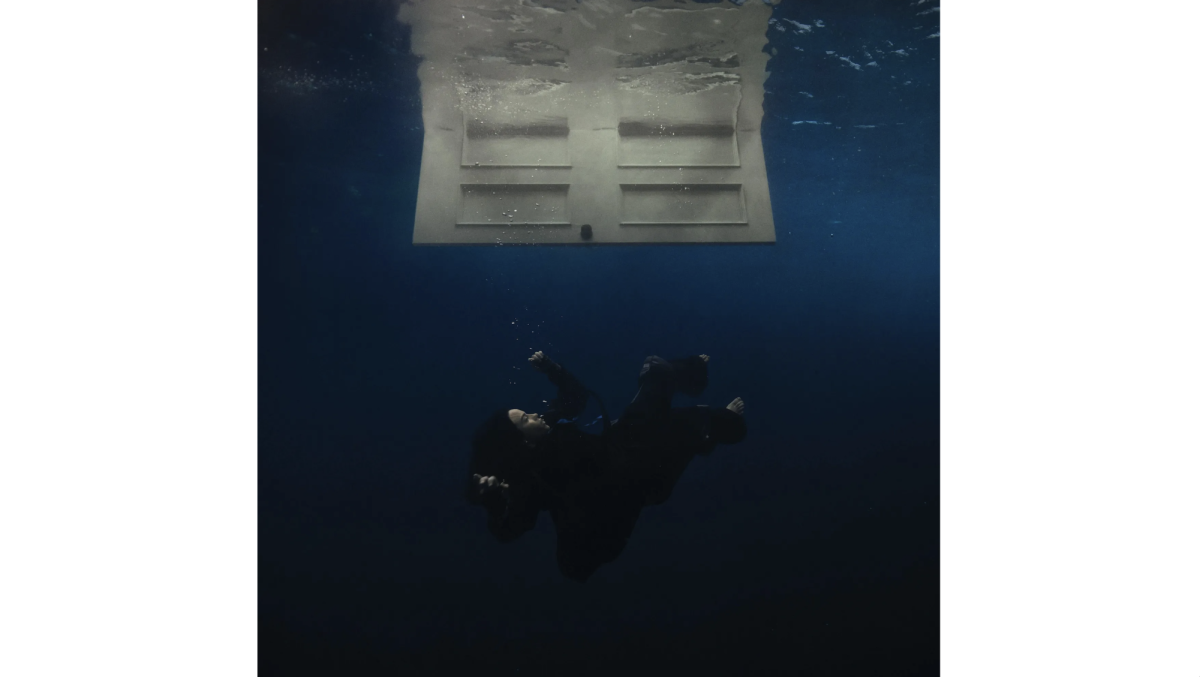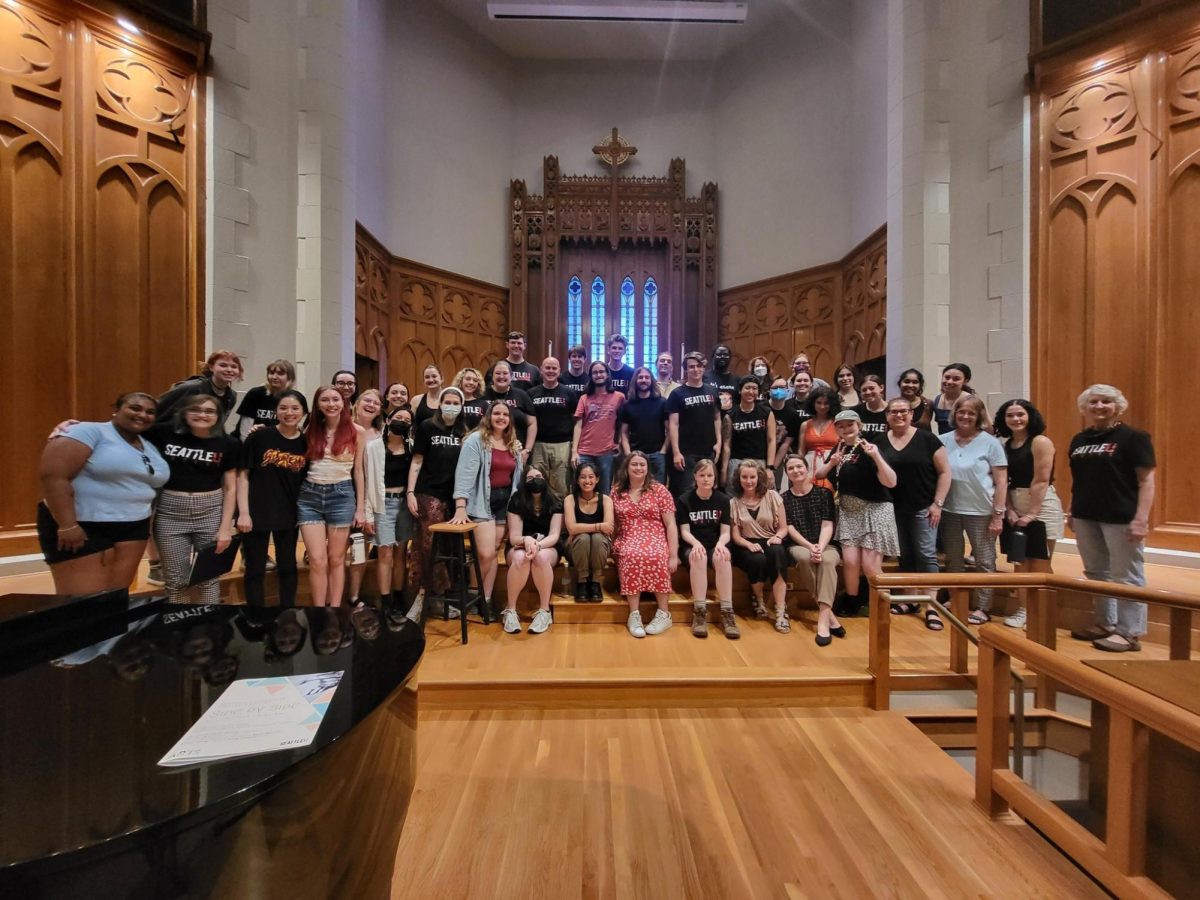Graceful, gratuitous, or simply egregious, death in film is here to stay. Mortality is a recurring theme that transcends genre, time period and cultural context.
This Thursday, American playwright and director Dr. Daniel Sullivan will come to Seattle University to speak about the powerful medium. The event, titled “Death in Classic and Contemporary Film,” will offer students an in-depth look at the intersection of mortality and cinema.
Sullivan is an assistant professor of psychology at the University of Arizona and co-author of many research articles and book chapters relating to film and psychology. In a book of essays he co-authored titled “Death in Classic and Contemporary Film: Fade to Black,” Sullivan examines the relationship between death and cinema and why film is the choice artistic medium for this depiction.
“Films, like most art forms, have always shown a preoccupation with death, and with the fear of death … Humans have always depicted death—and the desire for immortality, to conquer death—in their art,” said Sullivan in an emailed statement to the Spectator.
Sullivan explained the importance of analyzing not only how often death occurs in films, but also how it looks. Since the 1970s, death in film has become increasingly violent and gratuitous.
“Compared to the reality of death for many people—as a long, drawn-out, and often tortuous affair of growing old or succumbing to disease in a hospital—death is more often depicted in movies as sudden and graphically violent,” Sullivan said.
This preoccupation with violent or gruesome death is often the result of filmmakers’ desires to do well at the box office.
“The vast majority of movies that come out are action and big-budget movies that are more concerned with entertainment value than emotional value of death,” said film studies and journalism double major Scott Johnson. “The actual act of death is often brushed over.”
Still, film can provide a unique lens through which people can analyze and interpret death.
“The power of cinema is that it can make that artistic image without also having to say whether it is right or wrong,” said Seattle U philosophy major Jack Hood. “It can make an impression on you in some way.”
Sullivan also noted the impact that death’s depiction in film has on the human understanding of death itself.
“Since movies record snippets of real experience, we generally imagine that an object we see in a movie is just a variation of the same kind of object we would encounter in our own lives,” he said. “Death is unique in human experience, however, because none of us has actually experienced it personally.” Therefore, when we are exposed to death in movies, we cannot relate it to our own personal experiences.
“Instead, we compare the image of death we see in a movie to other images we’ve seen in other movies,” Sullivan said. “In this way, films build up a whole vocabulary for thinking about death.”
This type of reliance on film also relates to Sullivan’s understanding of the human desire to use film as a means of conquering death.
“In a very real way, films ‘preserve’ pieces of time—in fact, the Russian director Andrei Tarkovsky called the art of film ‘sculpting in time,’” Sullivan said. “Even in our day-to-day lives, people use video cameras of all sorts to record the important moments of their lives—whether it’s their wedding or the first word that their child said. So the very technique of filming reality could be understood as part of the human attempt to preserve experience beyond its mortal limits.”
According to Sullivan, this rationalization is a primary psychological concern. Cinema serves as a type of safe environment to explore and address topics that seem too daunting for reality.
“Because of this, it’s possible that especially those films which depict death and bereavement in a realistic way could actually help people come to terms with the inevitability of this experience in their lives,” Sullivan said.
Sullivan’s presentation on “Death in Classic and Contemporary Film” will take place this Thursday, Oct. 16 in the Casey Commons on the fifth floor of the Casey Building. The event is from 7-10 p.m. and is free for students.
Darlene may be reached at [email protected]










